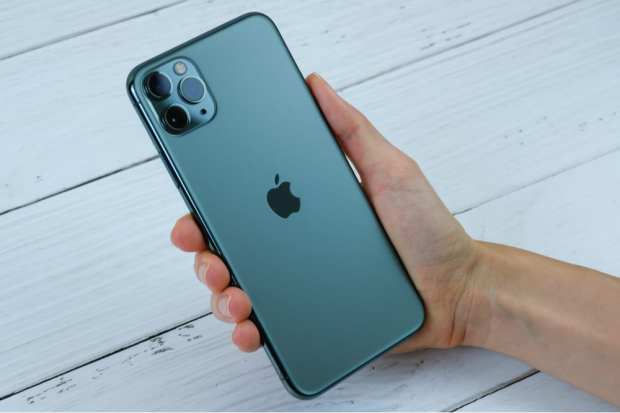Apple Could Start Staggering iPhone Releases Biannually

A prominent analyst, JPMorgan’s Samik Chatterjee, has suggested that Apple may alter the way it currently releases iPhones every year, splitting them into summer and fall releases instead of lumping them all together near the end of the year, according to reports.
Apple’s release schedule for iPhones is always around the middle of September, but the analyst said the new release schedule could start as soon as 2021, with one launch in the March-June timeframe and the other launch in the typical September period.
With the move, the company would have a schedule similar to what Samsung follows, with Galaxy phones being released earlier in the year and the Note series released later.
There have been some iPhone releases early in the year, but never huge flagship releases. Different colors or SE models, however, have been released off-schedule.
Chatterjee said he expects “a strategic change in the launch cadence with the release of two new iPhone models in 1H21, followed by another two in 2H21.”
The move would help “smooth seasonality” in terms of sales for the company, and would keep Apple’s earnings at a more regular pace and less at the mercy of economic changes.
The company is now manufacturing more new iPhones than ever. There were three released this year, and four are planned for next year.
In other Apple news, Nike is offering 3 percent cashback to Apple Card users when a Nike product is purchased using Apple Pay. The deal applies to all Nike products when purchases are made using the Apple Card through the Nike website, retail stores, Nike Training Club and more. Nike joins Uber/Uber Eats, Walgreens/Duane Reade and T-Mobile stores in offering the top-tier cashback of 3 percent.
When the Apple Card was first launched, only Apple purchases qualified for 3 percent cashback, while Apple Pay transactions got 2 percent cash back and use of the physical card offered 1 percent back. The 3 percent incentive was expanded to other brands when the card rolled out to U.S. customers in August.
